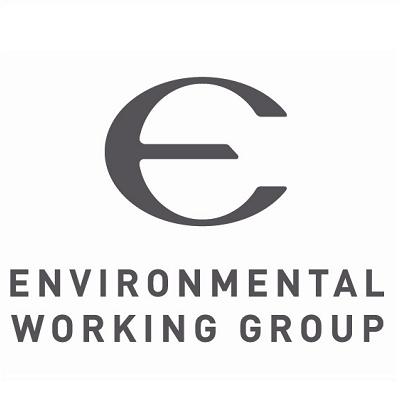There has been a lot of publicity about lead in drinking water in cities across the U.S. since the crisis in Flint, Michigan made headlines. Now a new investigation shows that over half of the drinking water consumed in the U.S. contains radioactive materials.
The Environmental Working Group (EWG) is “…a non-profit, non-partisan organization dedicated to protecting human health and the environment” according to their website. They have just issued a report that claims that a great deal of the drinking water in every state in the U.S. contains radioactive isotopes that could increase the risk of cancer in those who consume it. Fifty thousand public water systems were tested by the EWG and they found that the drinking water for one hundred and seventy million people contain radioactive isotopes. In twenty-seven of the states, the water supplies exceed the legal limits set by the EPA for such isotopes.
The most common radioactive element found in the drinking water was radium. Radium naturally occurs in soil and rock as a result of the decay of uranium and thorium. It enters the groundwater from uranium and thorium deposits. Levels of radium in ground water increase as a result of activities that disturb the deposits such as fracking for oil and gas. The EPA categorizes all radioactive materials as carcinogenic. Safe levels are set for all such materials by the EPA.
Critics of the EPA say that some of their guidelines are not as stringent for drinking water as they could and should be. In 2006, state scientists in California set public health safety levels for radiation that are hundreds of times stricter than the EPA levels. They were concerned about the increase in cancer threat from radiation and the danger of radiation to fetuses in pregnant women. If the California standards were to be adopted by the EPA for the entire U.S., it would mean that only one person in a million would get cancer from drinking water. The current EPA radiation level standards for drinking water are estimated to result in seventy cases of cancer per million people from drinking water. The California drinking water study indicated that about one hundred and twenty million people are drinking water that is considered unsafe by California radiation standards. Texas was the state that had unsafe levels of radium in the most water supplies. About eighty percent of the citizens in Texas have too much radium in their drinking water.
Olga Naidenko is a senior science advisor at the EWG. She said, “Most radioactive elements in tap water come from natural sources, but that doesn’t take away the need to protect people through stronger standards and better water treatment. Millions of Americans are drinking water with potentially harmful levels of radioactive elements, but the outdated federal standards mean many people don’t know about the risk they face when they turn on the tap.”
The EWG published this interactive map on their website with information about radium levels in the U.S. drinking water. Anyone can plug in their zip code to check on radium contamination in their drinking water.
